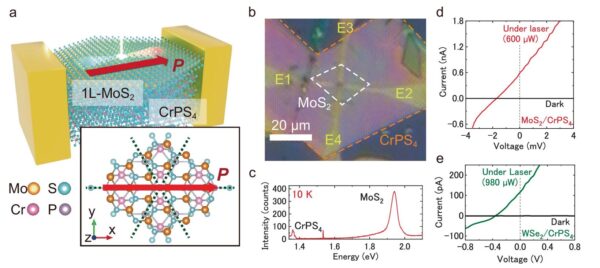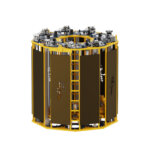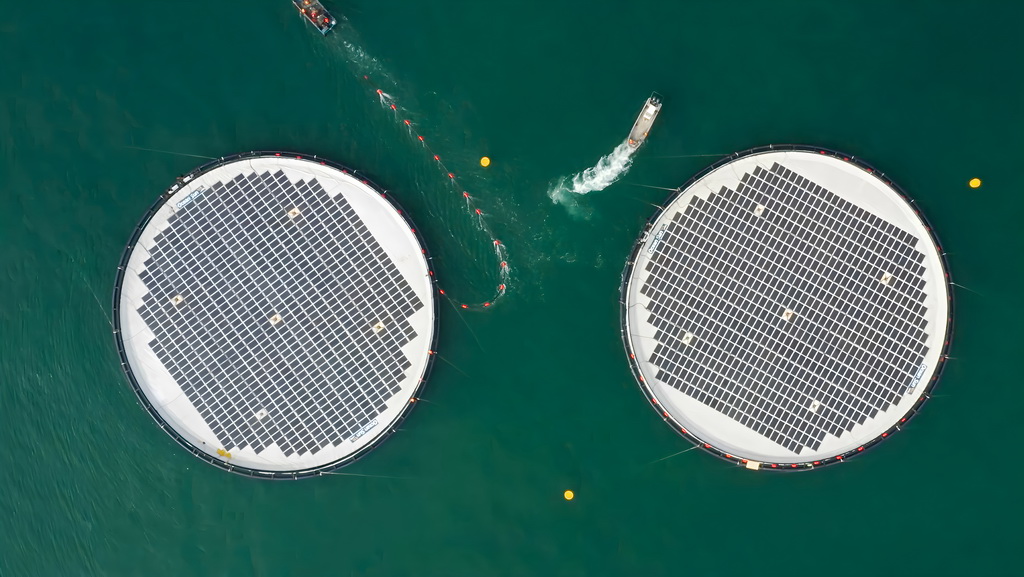New device could pave way for magnetic controllable photovoltaic devices
Scientists in Japan have developed a device that enables external magnetic field control of magnetic injection current in the bulk photovoltaic effect (BPVE), a phenomenon not yet used in commercial solar cells. The research suggests a potential path toward regulating photocurrent in next-generation photovoltaic applications.

Scientists in Japan have developed a device that enables external magnetic field control of magnetic injection current in the bulk photovoltaic effect (BPVE), a phenomenon not yet used in commercial solar cells. The research suggests a potential path toward regulating photocurrent in next-generation photovoltaic applications.
Researchers at Kyoto University in Japan have developed an artificial heterostructure device that enables magnetic control of injection current in BPVE, potentially addressing key barriers to its use in commercial solar cells.
The BPVE is a phenomenon in which a material generates a direct electric current when illuminated, even without a traditional p-n junction or heterojunction. Unlike the conventional photovoltaic effect, BPVE occurs in single-phase, homogeneous materials that lack inversion symmetry.
“Another current materializes when there is a break in time-reversal symmetry, or the symmetry of physical laws when the flow of time is reversed,” the scientists explained. “Since time-reversal symmetry is broken in magnetic materials, new effects related to the BPVE are expected to arise in magnetic systems, but many aspects of these systems remain unexplained both theoretically and experimentally.”
With this in mind, they created a van der Waals (vdW) heterostructure device combining a monolayer two-dimensional semiconductor based on molybdenum disulfide (MoS₂) and a magnetic layered material made of chromium thiophosphate (CrPS₄). The configuration is designed to mimic broken spatial and time-reversal symmetry.
The monolayer MoS₂ and multilayer CrPS₄ were mechanically exfoliated from bulk single crystals. The monolayer MoS₂ was then stacked onto the CrPS₄ using a dry transfer method.
Image: Kyoto University, nature, CC BY 4.0

“The artificial van der Waals (vdW) heterostructures fabricated by stacking 2D materials lead to induce the emerging periodicity of crystal structures such as moiré superlattice and provide us the new pathways to control the P-symmetry at their heterointerfaces,” the scientists said, noting that P-symmetry is what creates the imbalance electron “shift” that generates the spontaneous photocurrent under the BPVE.
The scientists used an external magnetic field to measure the device’s current-voltage characteristics under light illumination, varying both temperature and spin direction. They observed a finite spontaneous photocurrent that changed with the external magnetic field below the Néel temperature – the point at which an antiferromagnetic material’s magnetization changes behavior.
The results showed that the device’s magnetic injection current can be controlled by an external magnetic field, which the researchers called a breakthrough in BPVE research.
“Our study has shown that spatial and time-reversal symmetry can be flexibly controlled by artificial structures, enabling a variety of optical responses and current generation that have not been seen before,” said researcher Kazunari Matsuda. “This can lead to new applications not only in solar cells but also in technologies like optical sensors, spintronics, and energy harvesting devices.”
The scientists described the new device in “Nonlinear photovoltaic effects in monolayer semiconductor and layered magnetic material hetero-interface with P– and T-symmetry broken system,” which was recently published in Nature Communications.
What's Your Reaction?


























































